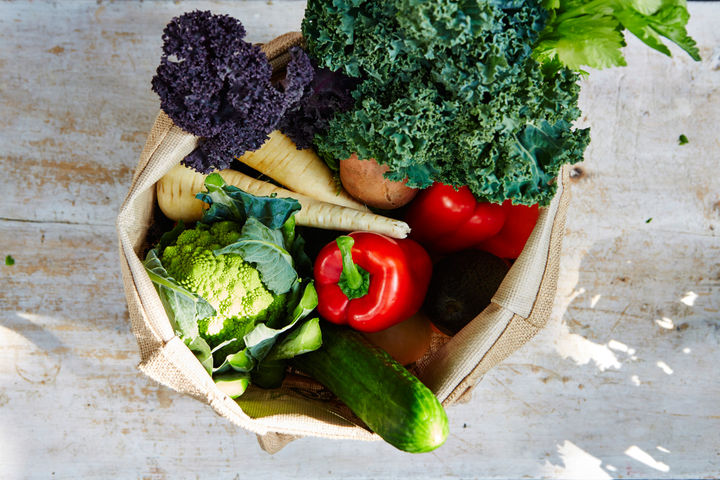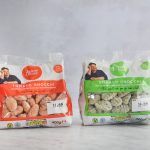With so much talk of sustainability, seasonality and animal welfare surrounding the food we eat, it can be overwhelming to know where to begin if we want to align the food we’re buying with our own personal values.
In this second part of my article on ethical shopping, I explain what to look out for when buying animal products and how to stay smart when you do your weekly shop.
Comparing the ethics of big supermarkets
Supermarket ethics is something that has fascinated me for years. To understand it fully, you have to pour over the claims the supermarkets make, and scratch below the surface to find out what they actually do versus what they talk about.
You can’t assume that all food sold by a high-end retailer is ethical, or that all food sold by a low-end retailer is unethical. They will all contain a mix. What’s exciting is when a big supermarket commits to making positive changes around the food it sells.
Farm animal welfare
For example, Sainsbury’s in the UK works very closely with the RSPCA Assured scheme, resulting in improvements in the welfare of millions of the farmed animals it sells. And Australia’s largest supermarket Woolworths has recently moved all its own-brand chicken to a higher-welfare RSPCA programme. Both of these changes have come about thanks to the retailers’ determination to improve their practices.
Rating retailers in terms of ethics is a complex task, as you have to factor in everything from animal welfare to living wage salaries, to their impact on the environment. In January 2016, a report called the Business Benchmark For Animal Welfare was published. This report undertook the complex task of analysing how some of the world’s largest food businesses manage, commit to and talk about animal welfare. It may come as no surprise that Waitrose, Marks and Spencer and Sainsbury’s appear at the top of the table, while discounters such as Lidl and Aldi are towards the bottom. This does suggest that when it comes to animal welfare, you generally get what you pay for.

Top tips for a smart and ethical weekly shop
Bearing in mind the animal welfare implications, along with the other factors discussed in part one, here are some tips to guide you on your way to becoming a more ethical consumer:
- Don’t buy everything in one shop. Although time is precious, it’s worthwhile dividing your food shopping between a few different supermarkets and independent stores. You’ll end up learning how to pick and choose from the best they have to offer.
- Do a bit of research. If you care about animal welfare, sustainability or the environment, have a read on supermarkets’ websites to learn what they are or aren’t doing in these areas. Just keep an eye out for greenwashing – where a company claims to be environmentally conscious, but actually it’s just clever marketing.
- Show your independents some love. They are becoming a rarity, and need new customers to survive. Don’t be afraid to go in and have a chat with them, it’s what they’re there for. The more friendly you are to them, the better service you’ll get in return! They can even give you inspiration if you’re stuck for ideas, and they don’t overwhelm you like supermarkets can.
- Write a shopping list and stick to it. Don’t be tempted by foods that are on special offer, unless you wanted them anyway. They’ll encourage overeating and will often get wasted.
- Read labels and ask about animal welfare. Beware of labels that look green and ethical but that don’t actually mean anything. Certified products, such as RSPCA Assured, Certified Humane or Animal Welfare Approved are the best guarantees of a meaningful label.*
- Buy less but buy better. It’s not ethical or sustainable to buy large amounts of cheap meat, eggs or dairy. Try to buy “higher-welfare” as a minimum and free-range, pasture fed or organic if and when you can afford it. These products are better for everybody.
- Buy what you need, cook what you need, eat what you need. Buying, cooking and eating more than we need causes excess damage to the environment and to our wallets. Start by reducing your food waste and you’ll end up with more cash to invest in making more ethical food choices.
*To better understand what the animal welfare labels and logos actually mean, click here for the UK, here for the US or here for Australia. Otherwise google “understanding food labels” in the country you live in.























